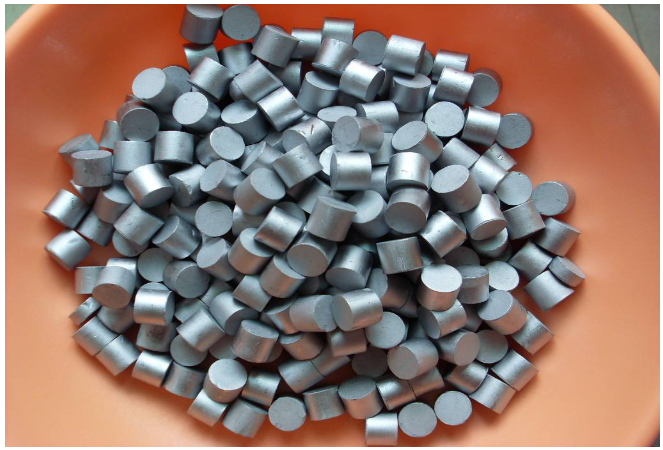Zhuzhou Weilai New Materials Techonology Co., Ltd
Tel:0731-22160654
Mobile:
+8615773363955(Mr. Duan)
+8615200507438(Ms.Zhang)
E-mail:sales@rheniumcn.com
Fax:0731-22160654
Address:No.103, Building 2, Tiantai
Jingu Industry Park, Tian Yuan
District,Zhuzhou,Hunan,China

Discovery process: The name Rhenium comes from the Latin word Rhenus, meaning the Rhine River. [3] Rhenium was the last element to be discovered with stable isotopes (scientists later discovered other radioactive elements without stable isotopes, such as neptunium and plutonium). Dmitry Mendeleev predicted the existence of this element when he published the periodic table of elements. British physicist Henry Moselle calculated some data about this element in 1914.
Walter Noddack, Ida Noddack, and Otto Berg of Germany stated in 1925 that this element was detected in platinum and niobium ores. They later also discovered rhenium in silicon beryllium yttrium ore and molybdenite. In 1928, they extracted 1 gram of rhenium from 660 kilograms of molybdenite. It is estimated that 75% of rhenium metal in the United States was used in scientific research and the development of refractory metal alloys in 1968. A few years later, high-temperature alloys were widely used.
In 1908, Japanese chemist Masao Ogawa announced the discovery of Element 43 and named it "Nipponium" (Np) in honor of his native Japan (Nippon). However, later analysis pointed out that what he discovered was element 75, rather than element 43 (i.e. technetium). Today, Np is the chemical symbol for the 93rd element neptunium, named after Neptune and coinciding with the abbreviation 'Nipponium'.
Existence form: The content of rhenium in the crust is 0.001 × 10 ^ 4%. In nature, rhenium is distributed in molybdenite, rare earth ore, and niobium tantalum ore, with very low content. In molybdenite, it may exist in the form of rhenium disulfide ReS2 or rhenium heptahydrate Re2S7, with slightly higher content. Rhenium has two natural isotopes: Re-185 is stable, and Re-187 is radioactive.
So far, only pyroxenite and copper rhenium sulfide minerals have been identified, and they are mostly associated in trace amounts in minerals such as molybdenum, copper, lead, zinc, platinum, niobium, etc. The rhenium containing mineral with economic value is molybdenite. The content of rhenium in general molybdenite concentrate ranges from 0.001% to 0.031%. However, the molybdenum concentrate selected from the porphyry copper mine can contain up to 0.16% rhenium. The main raw material for producing rhenium is a by-product of the molybdenum smelting process. Rhenium can be recovered from the smelting dust and slag of certain copper ores, platinum group ores, niobium ores, and even sphalerite, as well as from the waste liquid of low-grade molybdenum ores. The total production of rhenium in the world in 1978 and 1979 was 7210 and 7260 kilograms, respectively. Federal Germany, Chile, Canada, and the former Soviet Union are the main producers of tungsten rhenium alloys.
Address:
No.103, Building 2, Tiantai Jingu Industry Park,
Tian Yuan District,Zhuzhou, Hunan, China.